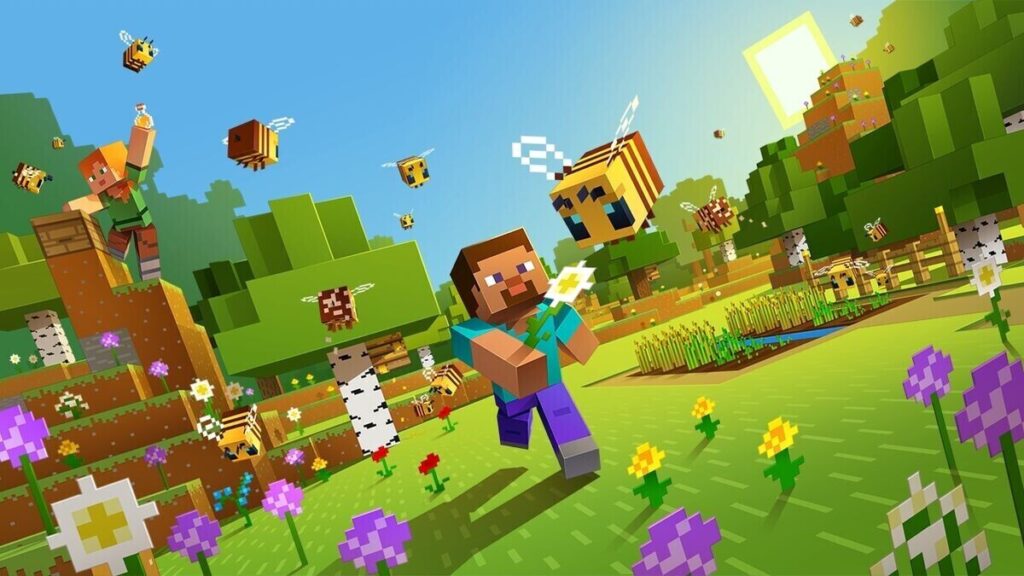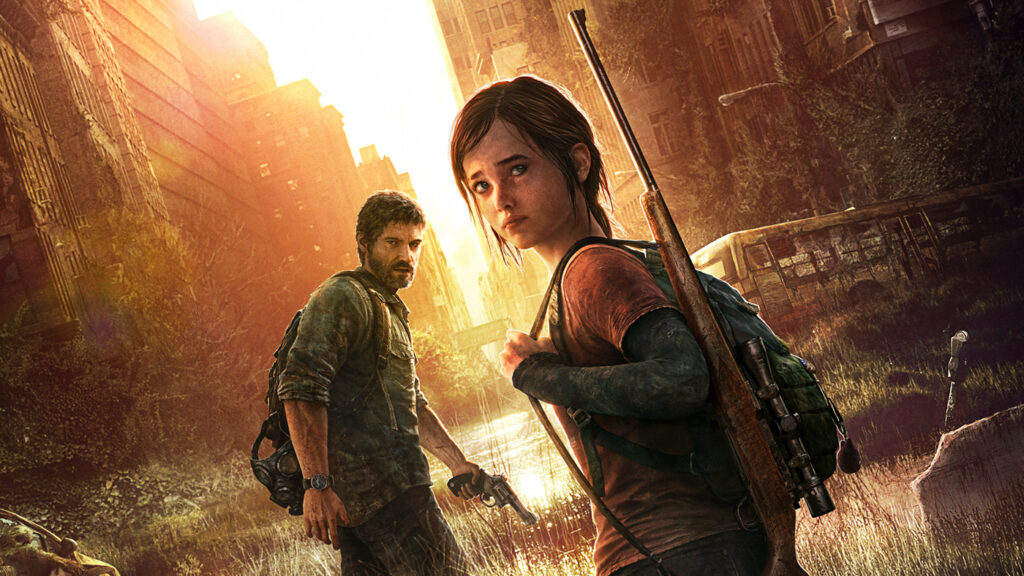Stories are integral to, if not the very definition of the human experience, learning, and culture. It is said that human beings have evolved to understand their existence in terms of the structure within spoken or written accounts of connected events, with narrative being the mechanism through which we have come to construct reality and make sense of the world around us, including the games we play.
The Importance Of Video Game Narrative

Why is it important?
In the last few decades, the video game industry has grown substantially, and it would seem to have surpassed the film and music industry as far as revenue is concerned. Anyone could attribute this to the advancement of technology and innovations, resulting in considerably more affordable and accessible computers, consoles and games over the years. Video games are no longer a medium for a select group of people to enjoy.
Hence, for several reasons other than just graphics and game mechanics, video games have become an essential part of many lives. Good gameplay and storytelling are now considered to follow hand in hand in the industry. They are essential ingredients for creating an engaging, highly interactive game. There are plenty of great games where storytelling is not so important, like Pac-Man and Minecraft for example, however look closer and you will still be able to find the lore and reasoning for why their worlds are the way they are. On the other hand, a vast majority of games rely on good writing and story to drive the game. Directly involving the player and immersing them further into the world that was created by the developers.
“In Angry Birds the birds are the protagonists and the pigs are the antagonists. The birds want the eggs back, the pigs wanna keep the eggs that they stole. That’s your emotional context. So seeing your game as a story first will help you not only easier define these two opposing forces, but also assign emotion and character to them.”

Game developers everywhere have adopted a variety of different approaches to unveiling their worlds, characters, and lore, but there is fundamentally one major difference between games and other forms of storytelling. Namely, you are the protagonist.
Films help to visualise the characters, and books can help to integrate into the minds of the characters, but games give full control at the captain’s chair. The thoughts, speech and interactions are entirely down to player choice.
Not all game developers give the same level of detail or attention to their stories, but the stories that stand out hold a dear place in the hearts of fans of all ages and creed, and truly they deserve to be acknowledged for doing so.
Approaches to Storytelling
Player-Tailored Narratives
Player-tailored games take the ability to put players behind the wheel of the game’s story to another level by letting them choose just how the story will end. Chief titles amongst this genre include the Telltale Games titles, such as The Wolf Among Us and The Walking Dead, as well as titles such as the Mass Effect trilogy and Life Is Strange.
The choices that the player makes influences how characters will react to and treat them as the story unfolds. Choosing to take one character’s side over another may result in a betrayal from another character. Choosing to align with one faction may result in the rise of an empire or the fall of a democratic ruler.
A Narrative Plot
It is not always necessary to plan out different possibilities and structure of a video game to tell a good story. There are a large number of games that utilise what might be called the classic narrative structure exceptionally well. Where these games make use of a variety of elements such as cut-scenes, dialogue and text to effectively tell the story.
Great examples of this are the much loved titles The Last of Us and the Bioshock trilogy. The Bioshock trilogy crafts a skillfully told and unfathomed spellbinding story that toys with the notion of time travel and alternate universes. While The Last of US tells the engrossing story, set in a post-apocalyptic world, in which survivors Joel and Ellie must work together on their journey westward across what remains of the United States to possibly find a cure for the modern fungal plague that has decimated the entire human race.
The developers clearly understood the importance of writing about undying characters, great themes and good twists to elevate their games from greatness to a cult-classic that would be spoken about for decades to come.

Narration
One of the most simple ways to tell a story, is to do exactly that. Introduce a narrator in the game to tell the story to the player. The narrator of the game Thomas Was Alone tells the story of a group of coloured rectangles on a journey to find purpose. All the while the narrator tells the story in the past tense. This ultimately makes for a very linear way of giving the narrative to the player. They can passively let the story unfold as the play along.
The story is told from the perspective of Thomas, yet the narrator often informs the player of what the other characters are thinking and feeling. This results in a particularly direct way of telling a story as the narrator explicitly tells the player what the characters feel and think, but executed well this approach can be quite effective in communicating emotion using very simple visual elements. Coupled with humour, Thomas Was Alone is an example of how even simple graphic shapes can be the subject of incredible storytelling.
The Stanley Parable, however, is a game that challenges the simple narrative storytelling of games such as Thomas Was Alone. Its narrative is the opposite of linear game storytelling. The player is constantly presented with choices that they have to make which will have further consequences for the rest of the game. This is where the writing for The Stanley Parable excels. No matter what option the player chooses, the narrator of the game has an opinion to voice about the matter.
The game can evoke a feeling of breaking its own logic or story when, having been presented with the choice of two doors, the narrator will specifically say the player chose the door to the left but the player belligerently chooses the door to the right. These consistent contradictions and fourth-wall breaking serve to both confuse the player and create quite a surreal experience while playing the game.

Conclusion
Video games are a great medium for storytelling as there is a substantial amount of material to utilise to do so. Ultimately, there is no one way of telling a story in games. More often than not, developers will utilise two or more methods of storytelling to amplify the outcome of the gameplay for the player. In the end, the best way of telling a story in games is always going to depend on setting, the gameplay and, indeed, the story being told.
By Adeyemi Thompson – Unity Developer, Sliced Bread Animation
For further reading please see How To Create Compelling And Addictive Digital Learning Content. Would like to know more about how animation and technology can support your employee communication requirements? Please feel free to drop us a line at info@sbanimation.com
Recent Posts

The Value of Visuals Over Text – Why Seeing Something Often Works Faster Than Reading It

The Best Animated Explainer Videos to Inspire Your Next Project

Medical Video Animation Services for Pharma, Healthcare Training and Patient Education

Virtual Reality Cooking – Learning By Doing In VR For Students

Measure What Matters – Linking Gamification Elearning to Real Business Outcomes

Elearning for Healthcare – Why Healthcare Organisations Must Level Up Their Elearning Game

Top 5 Benefits of VR Training In Business Learning

3D Medical Animation: Medical Illustration and a New Perspective in Healthcare

E-Learning Content And Management Systems

How London Became a Hub of Leading 3D Animation Studios